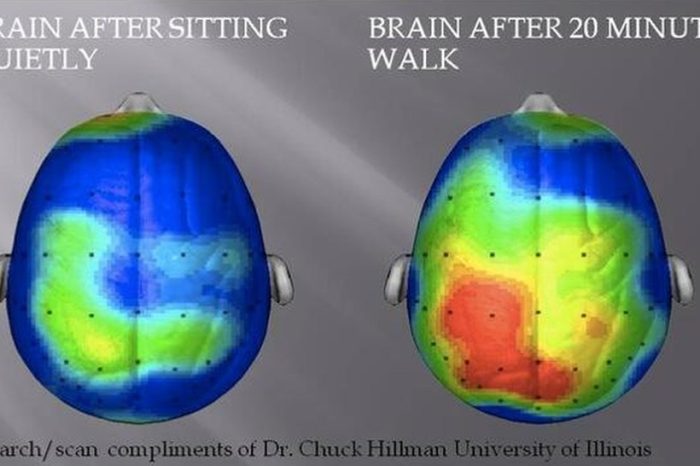In most states insurance companies rate and accept you based on several factors:
1) Your driving record
2) Your credit score
3) The driving record of each household member. This includes kids in college.
4) The type of cars you drive.
5) How you use the cars, i.e. – pleasure, to and from work, in business, etc.
6) The area where you drive (city, rural, suburban).
Obviously, driving records, accidents, prior claims will weigh heavily on your rates.
Your coverages:
LIABILITY.
This protects you from lawsuits and claims made against you by others. Anyone can sue you for any reason, justified or not. Make certain your liability limits are at least $100,000/$300,000 or $300,000 in aggregate. Better yet, purchase an “umbrella” policy which will give you added protection. You don’t want to lose your house or other assets!
COMPREHENSIVE.
This covers damage to your car other than collision. Some incidents might be theft, hail, etc, Don’t buy this coverage if your car is over 10 yrs. old and is not an antique or classic car. It’s not worth it.
COLLISION.
This covers your car if it collides with something or something collides with it. The payment is subject to the deductible you chose. The deductible is the amount you must shell out first before the insurance company starts paying, The higher the deductible, the lower the premium. As with comprehensive, DO NOT purchase this coverage if your car is over 10 yrs. old and not an antique or classic vehicle.
UNINSURED MOTORIST AND NO-FAULT COVERAGES.
The laws vary from state to state, so check with your insurance company and ask for a complete explanation of the coverage and laws.
Once again, I personally feel that an agent or broker is the best person to write a policy that fits your needs.









